Products
News
- Warmth in Winter —— Classic Cases of Shenghua's Elevator Renovation and Installation
- Breaking News: All Three Factories of Shenghua Elevator Awarded Top - tier (A1) Qualification
- Embark on a New Journey Together and Lead the Future --- Beijing Shenghua Elevator Group Holds the 2025 High-level Marketing Conference in Hainan
Contact us
TEL:400-919-9990
Address:No. 7, Niuhui North Fourth Street, Shunyi District, Beijing, China
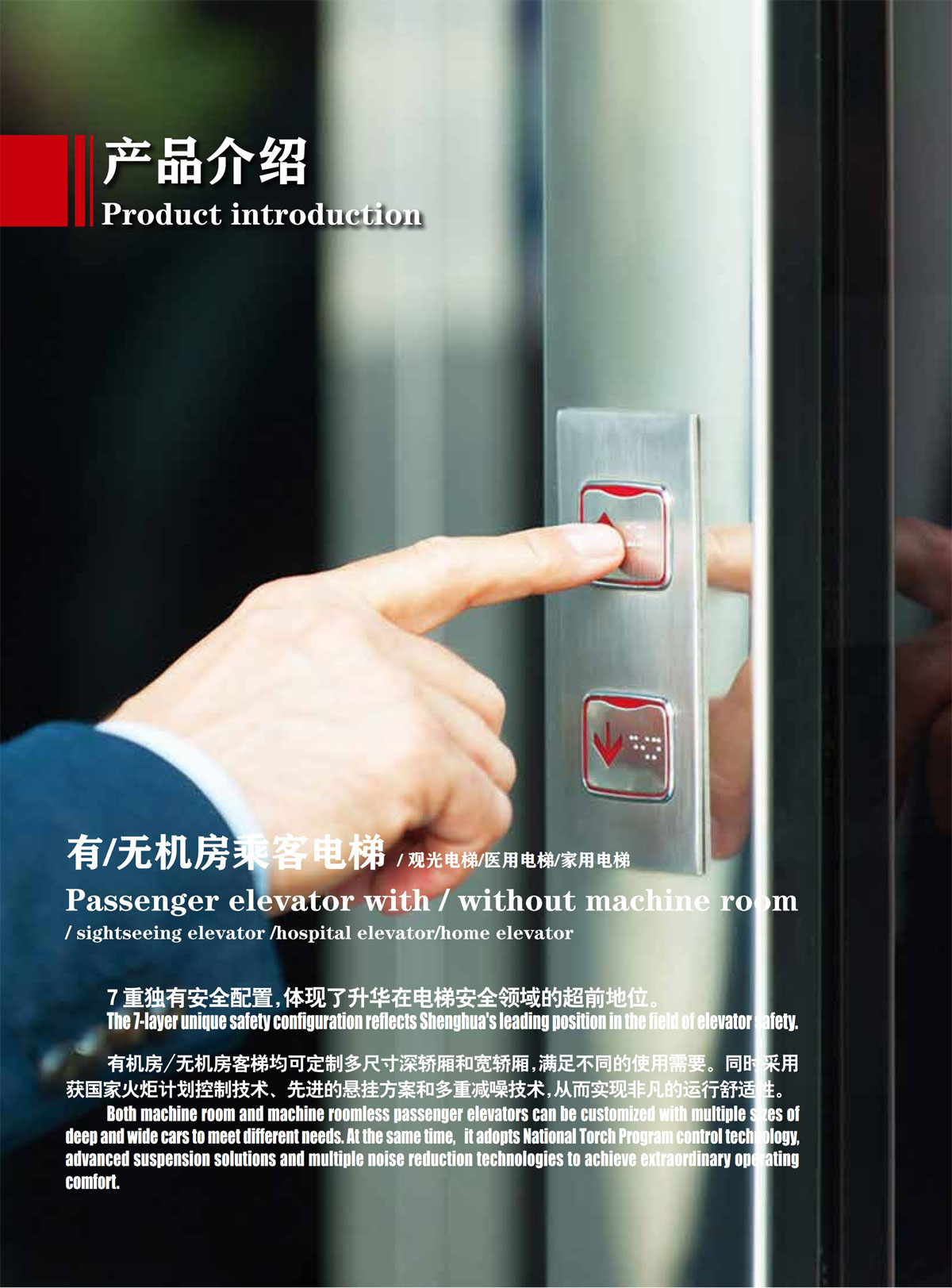
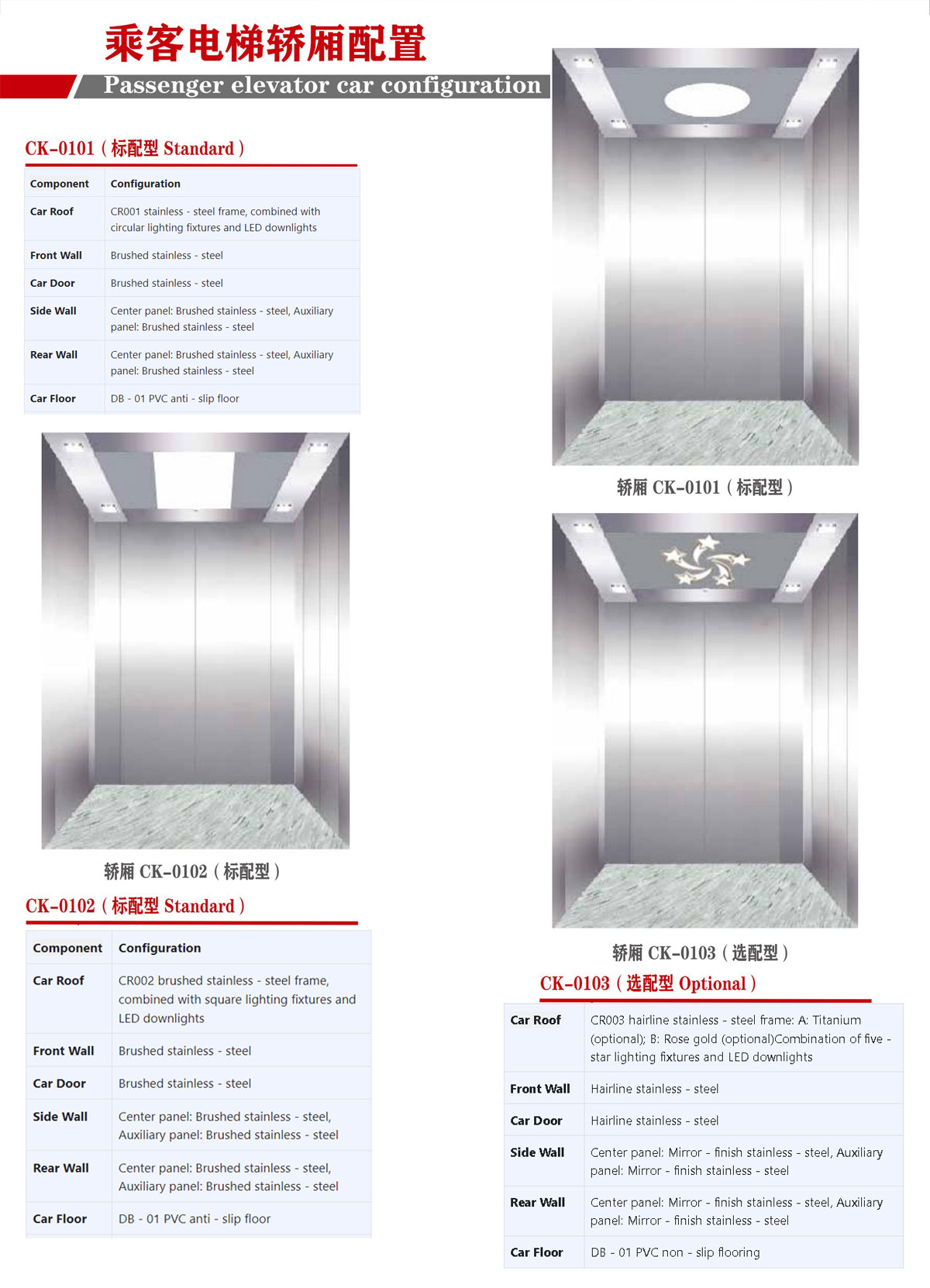
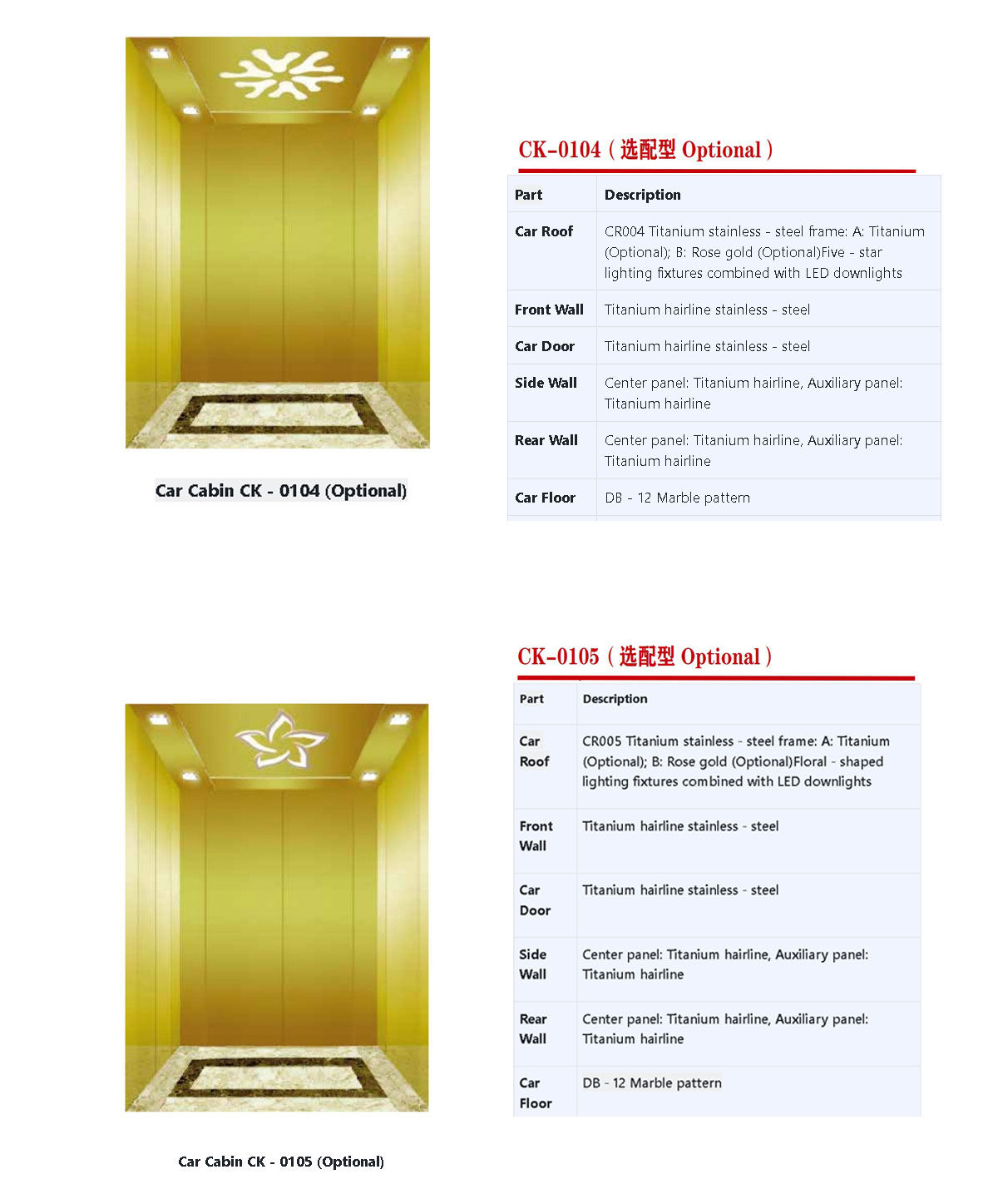
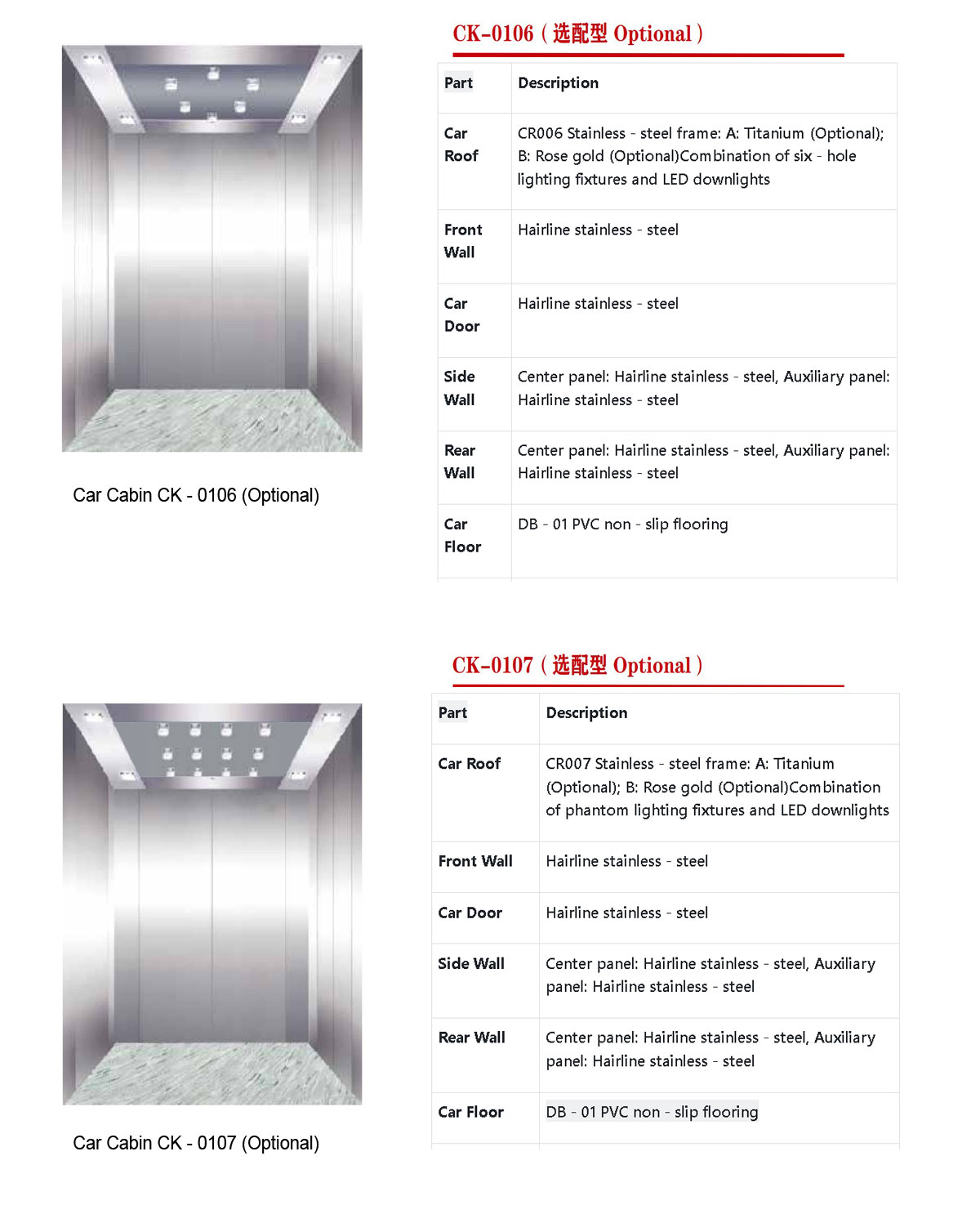
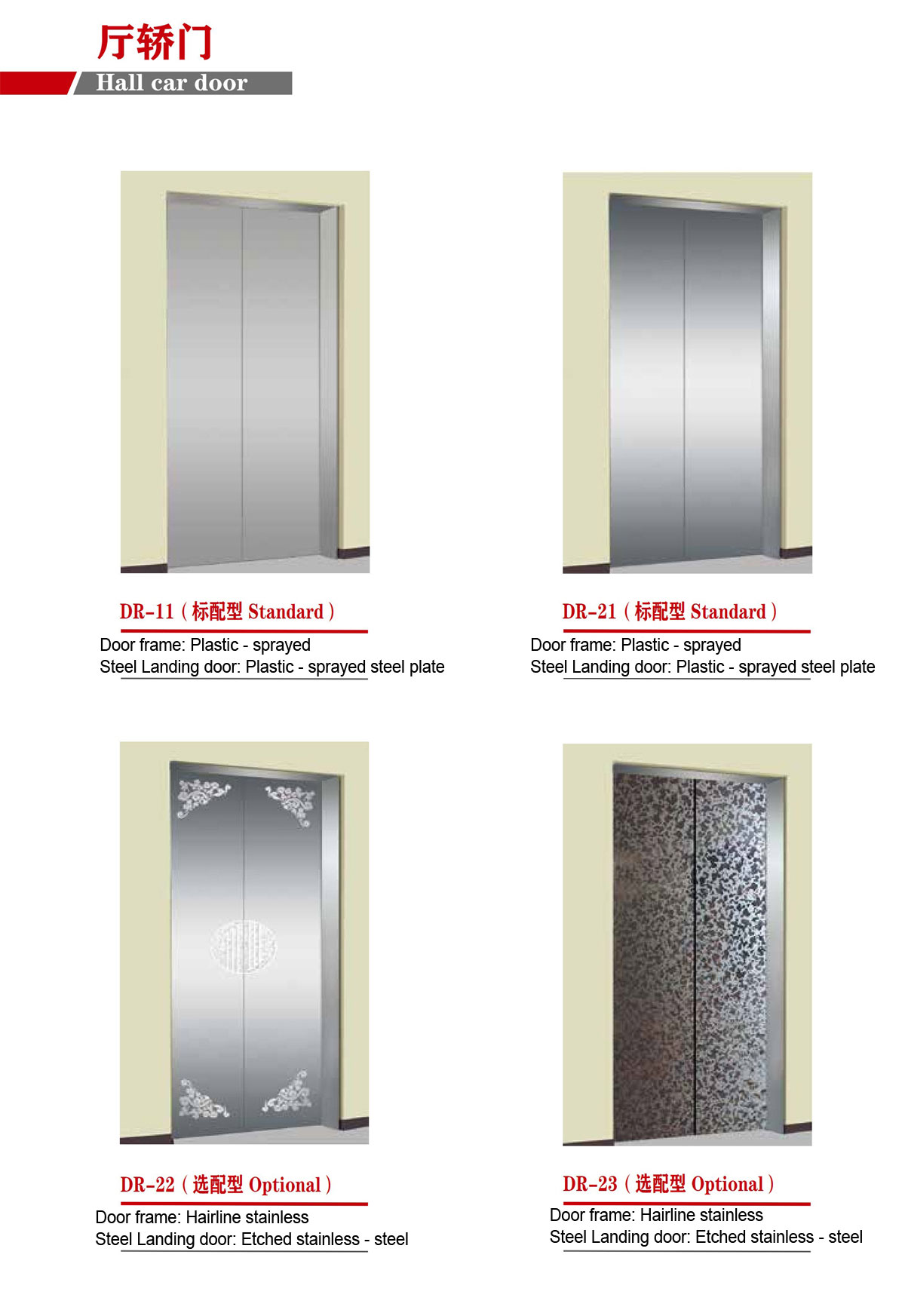
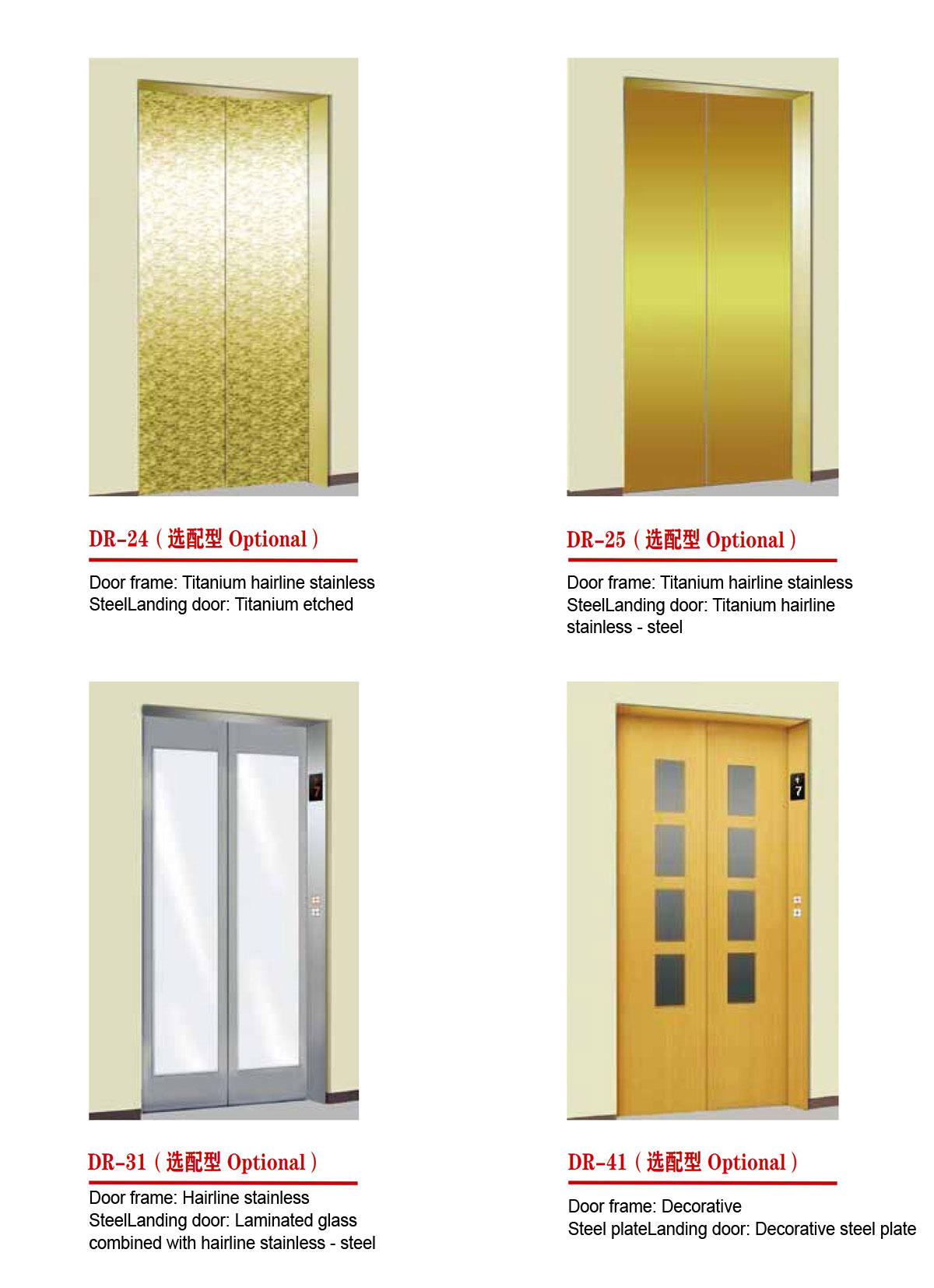
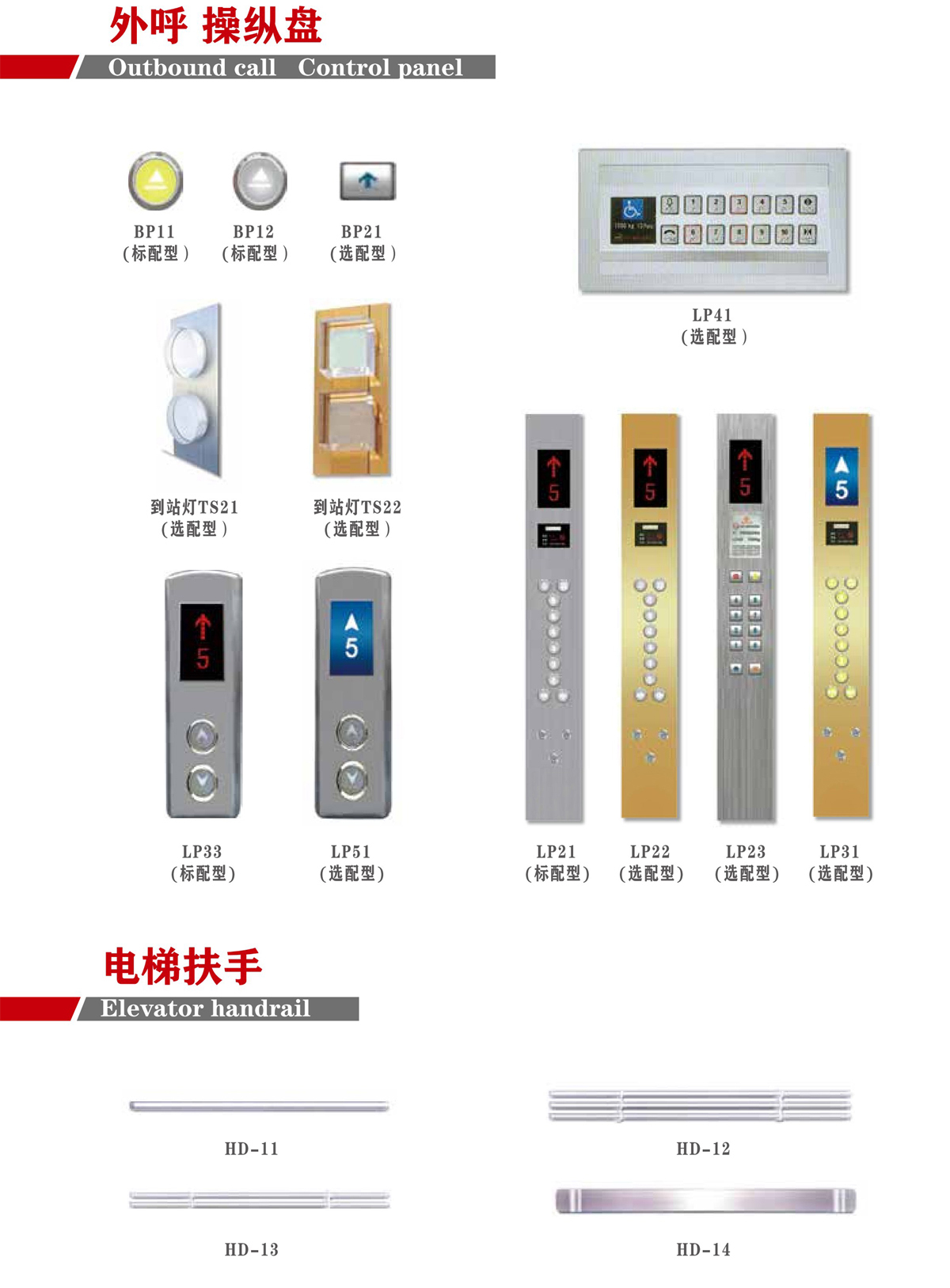
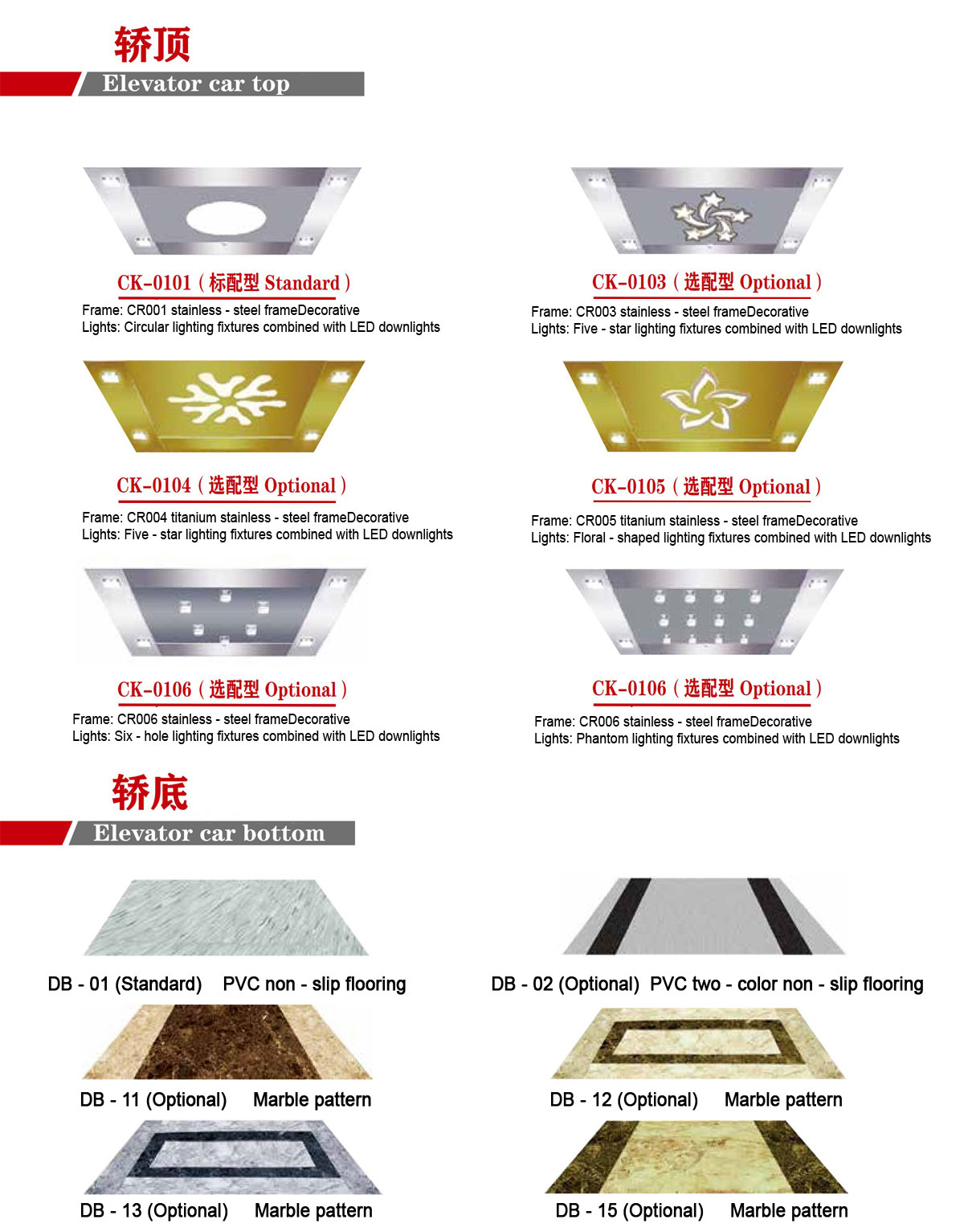
Serial Number | Function Name | Function Description |
1 | Operator Operation | The operator can select the operator - operation mode by toggling a switch on the console. During operator operation, the elevator has no automatic door - closing function. The elevator doors close when the operator continuously presses the door - closing button. It also has the functions of operator - selected destination and direct - travel by button. |
2 | Full - Selection Control | In the automatic or operator state, during the elevator's operation, it responds to both the in - car command signals and the up - and - down call button signals. Passengers on any floor can call the elevator by registering up - and - down call signals. |
3 | Maintenance Operation | An operation function used during elevator maintenance. When the operating conditions are met, pressing the up/down button can make the elevator move up/down at a maintenance speed. The elevator moves while the button is pressed and stops when it is released. |
4 | Safe Docking | When the elevator malfunctions, as long as the safety requirements for starting are met, the elevator will automatically move slowly to the leveling zone and open the doors to release passengers. |
5 | Automatic Control of Door - Open Holding Time | In full - automatic operation, after the elevator arrives and the doors open automatically, they will close automatically after a set time delay. |
6 | Hall - Door Opening on the Current Floor | If the call button on the current floor is pressed, the car door will open automatically. If the button is held down, the door will remain open. |
7 | Premature Door - Closing by Door - Closing Button | In the full - automatic state, pressing the door - closing button can cancel the door - open holding function. |
8 | Door - Closing Torque Control | Multiple types of torque control can be selected through parameter settings, such as door - opening torque control, door - closing torque control hold, and door - opening - and - closing torque hold, etc. |
9 | Door Opening by Door - Opening Button | When the elevator is in the door zone, pressing the door - opening button in the car can reopen the door that has been closed or not yet closed. |
10 | Door - Opening Protection | If the elevator door remains open for longer than the set time and has not moved after reaching the open position, the elevator will change to the door - closing state. After the door is closed, it will automatically move to the adjacent floor and open the door. |
11 | Cancellation of Incorrect Instructions | After a passenger presses an instruction button and it is responded to, the instruction can be cancelled by pressing it twice in succession. |
12 | Automatic Cancellation of Instructions When Reversing | When the elevator reaches the farthest floor and is about to reverse, all the previously registered instructions in the rear direction will be cancelled. |
13 | Direct Docking | The elevator decelerates according to the distance principle and has no creeping during leveling. |
14 | Full - Load Direct Driving | In the full - automatic state, when the car is fully loaded (usually about 80% of the rated load), the elevator does not respond to the passing call signals but only to the in - car command signals. |
15 | Stand - by Energy - Saving Mode | In the full - automatic state, if there are no commands and external call registrations for the elevator for a certain period, the in - car lighting and fan will automatically cut off power. However, when a command or call signal is received, the power will be automatically restored and the elevator will resume operation. |
16 | Super - High Car | With the car structure and hoistway height unchanged, the internal height of the car is increased to 2500mm for a more comfortable ride. |
17 | LED Light Source | LED lighting is used for all interior lighting in the car, which is more energy - saving and environmentally friendly. |
18 | Door - Closing Protection | This function is provided to prevent the door from failing to close due to accidental failures of the door machine system or foreign objects stuck in the middle of the doors. In case of such situations, the door will attempt to close again. |
19 | Fault History Record | It can record 20 of the most recent faults, including the time, floor, and code of occurrence. |
20 | Floor Display Character Setting | Through parameter settings, the character displayed on each floor can be set, such as setting the basement floor to display "B", etc. |
21 | Independent Operation | In independent operation, the elevator does not accept external call registrations and has no automatic door - closing. |
22 | Information Display | Through the displays in the hall and inside the car, information such as floor position, running direction, and elevator status can be shown. |
23 | Fire - Fighting Control | In case of a fire, after the fire - return switch is set, the elevator will immediately cancel all commands and calls, run to the fire - fighting base station in the fastest way, and stop with the doors open. |
24 | Automatic Correction of Floor Position Signal | During system operation, the position data of the elevator is corrected by self - learning at each terminal switch action point and each floor leveling switch action point, based on the position signals of the elevator. |
25 | Lock - Elevator Service | In the full - automatic operation or operator state, after the lock - elevator switch is set, all call registrations are cancelled, and only the in - car commands are responded to until all commands are registered. Then it returns to the base station, automatically opens the doors, turns off the in - car lighting and fan, lights up the door - opening button light, automatically opens the doors after a 10 - second delay, and then stops the elevator operation. When the lock - elevator switch is reset, the elevator resumes normal operation. |
26 | Protective Measures for Preventing Door Opening Outside the Door Zone | For safety reasons, outside the door zone, the system is set so that the door cannot be opened. |
27 | Overload Protection | When the overload switch is activated, the elevator will not close the door, and the buzzer will sound. |
28 | Car Arrival Bell | The bell will ring during the elevator's deceleration and leveling process to remind passengers inside the car and those waiting outside that the elevator is leveling and will arrive soon. |
29 | Safety Edge | An impact - absorbing device is added to the bottom of the car. When impacted, the device deforms quickly to absorb the impact force and reduce harm to passengers. (Note: This function is not available for hospital elevators and freight elevators.) |
30 | Light Curtain Protection | When there is an object blocking the middle of the two doors, the light curtain will be activated and the elevator will reopen the doors. The light curtain protection does not work during fire - fighting operations. |
31 | Five - Party Intercom | People inside the car or on the roof can communicate with those in the machine room or the control room through the intercom device. |
32 | Arbitrary Setting of Service Floors | The elevator's stop floors can be set arbitrarily through parameter settings. |
33 | Reverse - Movement Protection | When the system detects that the actual movement direction of the elevator is inconsistent with the command direction for a certain period, it will immediately stop the elevator and give a fault alarm. |
34 | Running Time Limit | When the running time of the elevator exceeds the set time limit (maximum 45 seconds), the leveling switch will act and stop all elevator operations. |
35 | Over - Speed and Brake Failure Protection | In case of over - speed or brake failure during the elevator's movement, it will decelerate urgently and brake to the bottom. |
36 | Anti - Terminal Over - Travel Protection | Both the upper and lower terminals of the elevator are equipped with terminal deceleration switches and terminal limit switches to ensure that the elevator does not over - travel. |
37 | Safety Contact Detection Protection | The system detects the safety relay to check if the contact points operate reliably. If the operation of the contact points is inconsistent with the driving state of the coil, all elevator operations will be stopped. |
38 | Safety Loop Fault Protection | When a safety loop fault signal is received, the elevator will stop urgently, and the fault prevention measure will prevent the elevator from running. |
39 | Overspeed Protection | Protection is set to prevent safety problems caused by the elevator running at a speed exceeding the specified range. |
40 | Low - Speed Protection | Protection is set to prevent safety problems caused by the elevator running at a low speed outside the controlled range. |
41 | Leveling Switch Fault Protection | A safety protection measure is taken to prevent abnormal elevator conditions caused by leveling switch failures. |
42 | Over - Temperature Protection | Protection is set to prevent the elevator from running abnormally due to over - heating. |
43 | Micro - Groove Threshold | By enlarging the threshold's accommodating groove and reducing the dependence on the soil, the positions of the display screen and buttons are adjusted, which is convenient for passengers to observe and operate and also enhances the aesthetic appearance of the door cover. |
44 | Micro - Groove Threshold with Brushes | The threshold gap is reduced to 3 - 5mm, making the passenger's entry and exit smoother and preventing small items from getting stuck. |
45 | Parallel - Connected Elevators | Two elevators communicate through the CAN bus to achieve the function of collective call registration for each floor of the two elevators, thereby improving the operation efficiency of the elevators. |
46 | Remote Wireless Monitoring and Alarm | By integrating the elevator into the GSM mobile phone network, maintenance personnel can receive elevator fault information in a timely manner. |
47 | Light - Load Anti - Mess Function | When the elevator is in a light - load state and the number of car commands reaches or exceeds the set value, the system will cancel all commands. |
48 | Automatic Return to Base Station | In full - automatic operation, if the automatic return to base station function is enabled and there are no commands and calls in the car, the elevator will automatically return to the base station after a certain period (the time can be adjusted through parameters). |
49 | Disable Function | Facilitates the use of disabled people. |
50 | Community Wired Monitoring | Through the CAN communication line, the control system is connected to the PC in the monitoring room, allowing the monitoring of the elevator's floor position, running direction, and fault status on the PC. |
51 | Earthquake Control | Equipped with an earthquake - resistant function. In case of an earthquake, the earthquake monitoring device will act, and the device will input a signal to the control system, which will control the elevator to stop at the nearest floor and open the doors for passengers to get off. |
52 | Hall - Arrival Light | For this function - equipped elevator, there is a pre - arrival light on each floor hall to indicate that the elevator is about to arrive and predict the running direction of the next arrival of the elevator. |
53 | VIP Floor Service | A special service for VIP passengers, allowing VIP passengers to reach their destination floors as quickly as possible. |
54 | Power - Failure Automatic Leveling | When the elevator is in the door zone due to a power failure in the building, the emergency power - off leveling device will drive the elevator to move close to the floor and open the doors to release passengers. |
55 | Door - Stop Setting/Cancellation | The elevator's door - stop function can be cut off through the in - car switch. |
56 | Voice Announcement Function | When the elevator has this function, the voice announcer will report the upcoming arrival floor during each leveling process. |
57 | Pause Service Display Output Function | Displays the passenger - friendly way when the elevator cannot operate normally. |
58 | Car IC - Card Floor Service Control | With this function, the car is equipped with a card reader, and passengers must present a card to register commands for floors that require access. |
59 | Hall - Door IC - Card Call Control | With this function, each floor's hall - door call box is equipped with a card reader, and passengers must present a card to register the call signal for that floor. |
60 | Rear - Door Independent Operation | Realizes independent control of the front and rear doors. |
61 | Liquid Crystal Display | Realizes the display of current elevator information. |
62 | Seamless Threshold | Based on the micro - groove threshold, brushes are added to achieve a "0" gap and prevent small items from falling into the hoistway. |
63 | Additional Brake | The electromagnetic brake can brake the elevator under power - on conditions, making the elevator safer. |
64 | End - Station Over - Speed Protection | When the elevator cannot decelerate normally at the end station, this function needs to be used in conjunction with the brake. |
65 | Motor - Driven Door Opening | The door can be opened by the motor in the machine room, which can improve the efficiency of rescue in case of elevator failure. |
* | Optional Function | Only available for machine - room - less elevators |